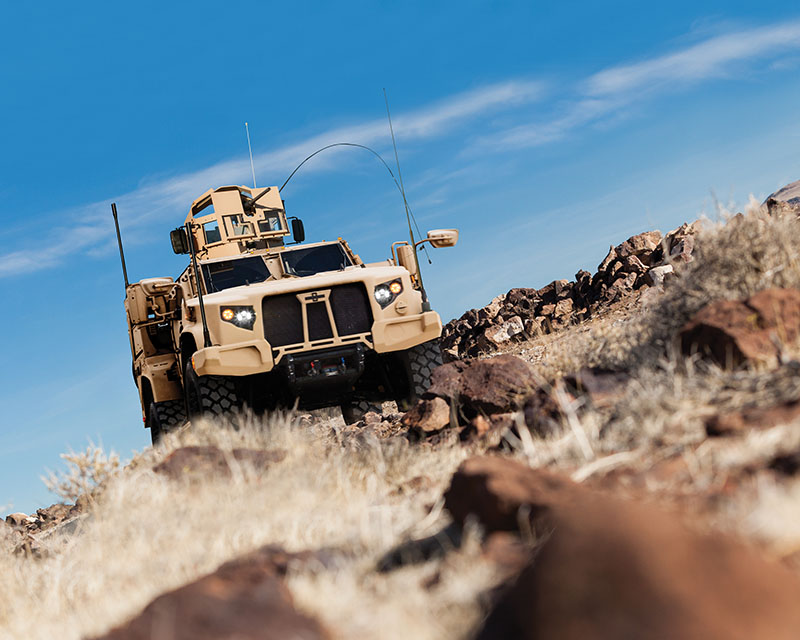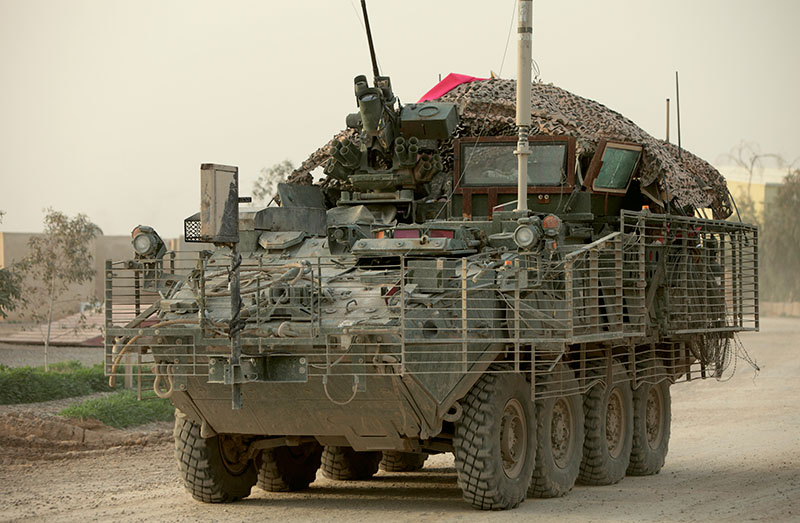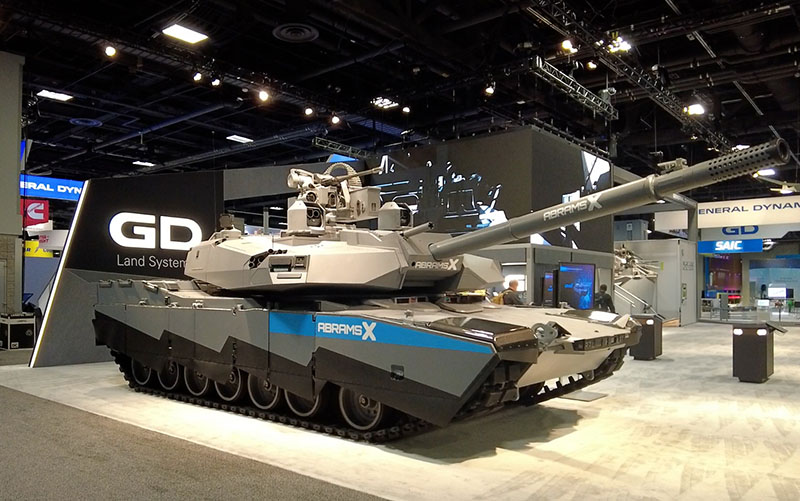
By Stephen Borgna
Marketing Communications Specialist
Harsh environment applications across the military and commercial air landscape are slated to undergo a major transformation. Electrification is coming, and the technology is advancing rapidly. Its potential is receiving a lot of hype throughout various industries, and for good reason.
Lets take a closer look at where things currently stand with this technology, and what’s required to drive it forward. I’d like to begin with the integration of electric and hybrid-electric systems into ground vehicles, naval vessels, and aircraft, which is among the top priorities to achieve electrification goals — not only for propulsion but also for powering sophisticated onboard systems and new capabilities.
These new systems have the potential to unlock a new level of force projection for modern militaries while bringing numerous operational and logistical benefits, as well as advancing commercial air capabilities and improving the travel experience for fliers. Prototypes for revolutionary technologies like eVTOL aircraft are also undergoing testing, with markets set to launch in major cities in the coming years – some timelines are calling for eVTOLs to begin ferrying passengers around metropolitan areas as soon as 2025.
While the development of electrification technologies is progressing rapidly, these systems are still evolving, and technical challenges remain. And while the goal of electrification eventually calls for all-electric systems, I view hybrid-electric systems as a more readily achievable solution for larger, more power-hungry vehicle platforms. Industry around the world is trending toward hybrid-electric adoption until full-electrification systems are ready.
HYBRID-ELECTRIC SYSTEMS ARE THE PRESENT

Oshkosh has developed a hybrid-electric model of its JLTV, the eJLTV.
Due to current technological limitations, all-electric systems are not ready to be implemented en-masse. Significant challenges still remain surrounding high-powered fully electric drivetrains and powertrains that meet the required energy density, weight, size and thermal management properties capable of fully powering heavy, complex ground vehicles and aircraft. Because of these present drawbacks, it’s clear to me that applying all-electric systems for large-scale, high-power applications isn’t completely feasible with today’s technology.
As stated earlier, I see hybrid-electric systems — which supplement an internal combustion engine with battery power — as a more viable and readily achievable technology for electrification in military applications and commercial aviation. Developers around the world are moving forward with implementing this technology.
The U.S. military recognizes the advantages of a hybrid-electric system −such as greater range, enhanced acceleration and maneuverability, and a quieter acoustic signature−and is planning to augment the capabilities of many of its new vehicle platforms with hybrid-electric powertrains. The U.S. Army's Next-Generation Combat Vehicle (NGCV) program, for example, features multiple next-generation vehicle platforms that may feature hybrid-electric technology in their system architecture.
Some of the NGCV programs with plans or pending designs for incorporating hybrid-electric technology include the XM30 Mechanized Infantry Combat Vehicle (MICV) (formerly the Optionally Manned Fighting Vehicle) intended to replace the M2 Bradley, the Armored Multi-Purpose Vehicle (AMPV) intended to replace the M113 armored personnel carrier, and Robotic Combat Vehicles (RCVs).
In the commercial air sector, hybrid-electric systems are seen as a bridge between today's technologies and future all-electric aircraft. Aircraft such as the Airbus E-Fan X, which was an experimental project, used a hybrid-electric propulsion system that integrated a 2 MW electric motor with a conventional gas turbine. While the E-Fan X project was eventually discontinued, it provided critical data and insights into the integration of high-power electric components with existing turbine technology. The hybrid-electric approach is viewed as a feasible near-term solution for commercial aircraft, and multiple prototypes of these new classes of aircraft are currently being assessed.
RETROFITTING EXISTING SYSTEMS

The U.S. Army has proposed exploring retrofitting its fleet of Stryker armored vehicles with hybrid-electric propulsion systems.
While the development of new hybrid-electric platforms remains a priority for electrification goals, there’s also a push to retrofit existing vehicles with hybrid capabilities. The U.S. Army, for example, has expressed interest in exploring retrofitting several of its prime vehicle programs with hybrid-electric propulsion, including the Stryker, the Bradley, and the M1 Abrams tank. The range of technologies needed to do this for existing fleets of commercial aircraft is being explored and developed by the world’s leading aerospace manufacturers.
There are a range of challenges to overcome to make it possible to retrofit existing military and commercial air systems on a mass scale. One of the main considerations is the power and energy requirements.

General Dynamics Land Systems’ AbramsX prototype features hybrid-electric power.
Military vehicles, for example, have high power demands due to the need to support various onboard systems like communication equipment, weaponry, and electronic warfare systems. In commercial aircraft, power demands are particularly demanding during takeoff and climb phases. Any hybrid-electric system integrated into military and commercial air systems must support existing and future capabilities without sacrificing performance.
Another significant consideration is Size, Weight, and Power (SWaP) constraints. Integrating high-powered batteries and electronics into existing platforms with respect to existing space parameters and without adding excess weight can be challenging. For military vehicles, added weight can reduce mobility and operational range, while in commercial aircraft, any increase in weight can negatively impact fuel efficiency and performance. Incorporating lightweight materials and compact designs into hybrid-electric platforms in consideration of SWaP constraints is essential.
Thermal management is another critical aspect. Both military vehicles and aircraft generate significant heat, and adding hybrid-electric systems can exacerbate this issue. Effective thermal management solutions are necessary to ensure that components such as batteries, power electronics, and electric motors operate within safe temperature ranges. This is particularly important in harsh environments where extreme temperatures, dust, and moisture are widespread.
The integration of hybrid-electric systems also requires a comprehensive overhaul of the platform's electrical architecture. Existing vehicles and aircraft are typically designed around conventional powertrains, so retrofitting them with electric or hybrid systems involves substantial modifications to the power distribution network, control systems, and software.
Whether designing a new hybrid-electric system or retrofitting a current system, a host of powerful high power and high voltage interconnect systems are required. Amphenol Aerospace offers a comprehensive suite of power connectors and contacts designed to optimize and retrofit current systems for today’s electrification technologies while future-proofing your systems for an all-electric future.